Nuwa [Korea Quality] / 누와 [한국관광 품질인증/Korea Quality]
3.6Km 2021-03-29
3-1, Pirundae-ro 5na-gil, Jongno-gu, Seoul
This hanok (traditional Korean house) is located deep in the Seochon Village, west of Seoul’s Gyeongbokgung Palace. Its tasteful renovation of a small 33 m2 hanok made it highly popular among the younger guests. The courtyard has a low maple tree and tastefully arranged stones, while the hanok is capable of accommodating up to 2 persons.
This L-shaped hanok has a full window wall facing the living room, which is furnished with a low walnut table and a bathtub. Visitors can enjoy premium tea at the table. The bathtub, which is connected to the table at one end, can be used mainly for a foot bath with bath salts that assist circulation. There is also a restroom in the building.
Nuwa’s bedroom has a circular window, much like the full moon, with a view of the garden and the fringes of the Inwangsan Mountain.
Galerie Art Link (갤러리 아트링크)
3.6Km 2019-03-26
66-17, Yulgok-ro 3-gil, Jongno-gu, Seoul
+82-2-738-0738
Ouverte en mars 2003, la galerie d’art est à la fois un lieu d’exposition d’oeuvres d’arts mais aussi un lieu de rencontres entre dirigeants et patrons pour rencontrer les artistes et leurs créations. La galerie joue aussi un rôle de médiation entre l’art moderne et le public à travers ses divers outils de communication.
Italyjae (이태리재)
3.6Km 2017-02-01
74-9, Yulgok-ro 1-gil, Jongno-gu, Seoul
Itaejae, located in a refined side street in Sogyeok-dong, offers authentic traditional Venetian-style Italian cuisine at a reasonable price.
Eunnamu (은나무)
3.6Km 2020-05-09
72, Yulgok-ro 3-gil, Jongno-gu, Seoul-si
+82-2-730-2867
La boutique Eunnamu est spécialisée dans les bijoux fantaisie aux lignes simples qui rappellent la nature, et sur lesquels sont apposés des motifs traditionnels coréens. Les principaux matériaux utilisés sont l’argent fin et des gemmes de qualité. Chaque produit passant par les mains délicates de nos artistes, leur design et leurs détails sont absolument uniques.
Musée National d'Art Contemporain (국립현대미술관 서울관)
3.6Km 2023-06-23
30, Samcheong-ro, Jongno-gu, Seoul
+82-2-3701-9500
Le Musée National d'Art Contemporain de Séoul a ouvert ses portes en 2013 au centre de Séoul à côté du palais Gyeongbok. Le musée a adapté un concept de 'cour' pour mieux se mélanger aux alentours et lier organiquement l'extérieur et l'intérieur du bâtiment.
Sur le terrain du musée, il y avait autrefois quelques grandes organisations administratives de l'époque Joseon mais aussi les hôpitaux militaires lors de la colonisation japonaise. Ce site est un site historique tant sur le plan politique que culturel. Notez que le musée est fermé les mercredis et samedis.
*Jour de l'inauguration : 12 novembre 2013
Seochon Guest House [Korea Quality] / 서촌 게스트하우스 [한국관광 품질인증]
3.6Km 2023-04-07
28-3, Jahamun-ro 7-gil, Jongno-gu, Seoul
+82-010-3345-9680
Seochon Guest House is located in Seochon, which is becoming a hot place for tourists in Seoul, and precisely on the road to Suseong Valley, whichis filled with interesting stores and is also well-known for Park Nosoo Art Gallery and the House of Yun Dong-ju (poet). Seochon Guest House is nicknamed ‘Jaeminangol (interesting village)’ after Baekseok’s poem ‘Yeowunangol’, with the aim of providing a visit full of interesting experiences. Passing through a garden and entering the main building, the unique charm of this hanok building, the staircase to get to the first floor from daecheong (main floored room), catches the eye of the visitors. In addition, the building is decorated with various stylish objects including paintings and Korean musical instruments. The terrace situated on the first floor offers an open view of the surrounding area including roof tiles of hanok structures and alleyways in Seochon. It is said that Korean novelist Yoon Hu-myeong also appreciated the structure of the guesthouse, saying, “It is an interesting place.” Built in the 1930s, the house, which has many storage places, was taken by the owner couple in spring 2014 as they were attracted by the house during their trip to Seochon. After the repair work, the ground floor of the house was opened for guests from January 2016, hoping that guests could share their daily experiences and stories with each other. The guestrooms and the main floored room on the ground floor are open to guests, with the exception of the first floor, which is used by the owner couple. The living room is equipped with books, a curved TV, and a table. The tasty meal, which is served in the kitchen, consists of rice and soup with six side dishes and is much loved by guests. The guesthouse offers a total of four rooms – Jae Room, which is the most Korean-style room; Mi Room, which has a combined style of a Korean-style room and Western-style room; Nan Room, which is an ideal room for meditation with a beautiful paper window; and Ahn Room, which is equipped with a veranda and a pretty flowerbed. Every room has its separate charm with various comfortable bedding to provide a quiet and cozy bedroom for guests in the middle of the city. Furthermore, the guesthouse holds a pansori (epic chant) performance twice a year. The owner started learning how to sing pansori to promote the Korean culture and tradition to foreigners. When a pansori performance is held, the owner offers traditional Korean snacks and drinks including sikhye (sweet rice punch), sujeonggwa (cinnamon punch), traditional sweets and cookies, and tteok (rice cakes) to visitors, tourists, and performers. Moreover, it provides cultural programs such as a Gukak (Korean classical music) experience, Korean traditional clothes experience, and making Korean food experience, as well as other activities with guests, such as trip to the city wall between Inwangsan Mountain and Bugaksan Mountain, and the Royal Palace Tour to Gyeongbokgung Palace, etc., as well as a trip to a traditional market.
Gagyo (가교 전통공예)
3.6Km 2012-02-08
65, Yunposun-gil, Anguk-dong, Jongno-gu, Seoul-si
Ouverte en 2001, Gayo est la première boutique d’Insadong spécialisée dans le bojagi (tissu d’emballage traditionnel coréen). La boutique organise également divers séminaires et programmes d’activités quotidiens où les visiteurs peuvent fabriquer des bojagi. Grâce à ses programmes en japonais, la boutique est particulièrement populaire auprès des touristes de l’archipel. C’est l’endroit idéal pour permettre aux visiteurs internationaux de découvrir l’art des accessoires traditionnels coréens.
PORKLAND (포크랜드)
3.6Km 2021-03-30
258-10, Changgyeonggung-ro, Jongno-gu, Seoul
+82-2-745-7878
It is a place that not only office workers but also college students often visit. The best menu at this restaurant is spicy pork shoulder shabu-shabu. This Korean dishes restaurant is located in Jongno-gu, Seoul.
Village Hanok de Bukchon (북촌한옥마을)
3.7Km 2025-06-05
37, Gyedong-gil, Jongno-gu, Seoul
+82-2-2148-4161
Le Village Hanok de Bukchon était autrefois un village où résidaient les aristocrates au cours de la dynastie Joseon. Certaines des maisons aux toits de tuiles appelées giwas ont été préservées jusqu'à nos jours.
Situé entre le palais Gyeongbokgung, le palais Changdeokgung et le sanctuaire Jongmyo, le Village Hanok de Bukchon est vieux de 600 ans. Ce village préservé se tient entre deux grands palais, dans un quartier historiquement important.
C'est aujourd'hui un bon endroit pour se faire une idée de la vie à l'époque de la dynastie Joseon, où se trouvent un centre culturel et des restaurants aménagés dans des maisons traditionnelles.
Les quartiers Wonseo-dong, Jae-dong, Gahoe-dong et Insa-dong se trouvent tous au nord de la rivière Cheonggyecheon et de Jongno, ils forment donc Bukchon, qui signifie 'village du nord', un endroit qui abritait la résidence de la famille royale et les hauts dignitaires de la cour.
Centre culturel de Bukchon (북촌문화센터)
3.7Km 2024-12-19
37, Gyedong-gil, Jongno-gu, Seoul-si
+82-2-2133-1371
Le village de maisons traditionnelles de Bukchon est le centre de la culture Bukchon qui est un site résidentiel traditionnel de 600 ans d’histoire de Séoul situé entre les Palais Gyeongbokgung et de Changdeong et JeongMo (tombeau héréditaire de la famille royale).
Les maisons traditionnelles qui se situent entre les deux palais temoignent bien du paysage traditionnel de Séoul. Pourtant, à l’heure actuelle, elles sont transformées en salles d’expérimentation de la culture coréenne ou en restaurants traditionnels etc.
Le centre de la Culture de Bukchon est une résidence traditionnelle composée d’Anche (bâtiment principal de la maison coréenne), d’ Heanglangche (corps de bâtiment rattaché à la grande porte), de Beolche (bâtiment annexe) dans laquelle la tradition coréenne s’épanouit et par ailleurs les programmes de la culture du matin calme sont préparés pour apprendre son histoire et sa tradition.
Plusieurs programmes sont organisés par des experts de chaque domaine et ils durent en moyenne de 3 à 6 mois.
Vous pouvez obtenir des informations précises par téléphone et ensuite choisir un programme. Par ailleurs, un individu peut s’y inscrire. Pourtant, les programmes se déroulent en coréen donc il serait mieux y venir avec un guide ou un interprète.
![Nuwa [Korea Quality] / 누와 [한국관광 품질인증/Korea Quality]](http://tong.visitkorea.or.kr/cms/resource/07/2707607_image2_1.jpg)
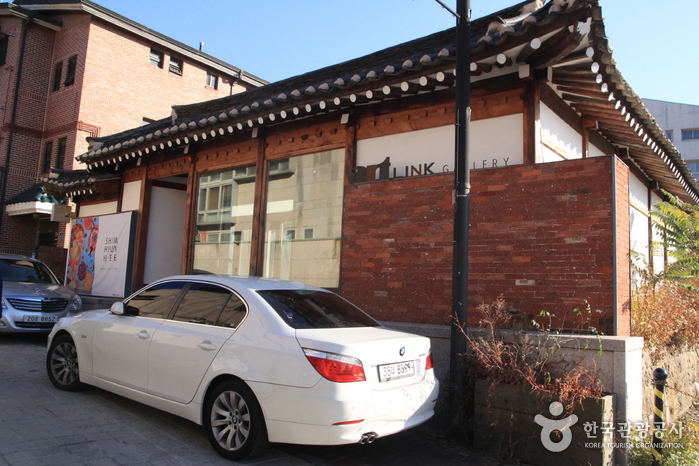
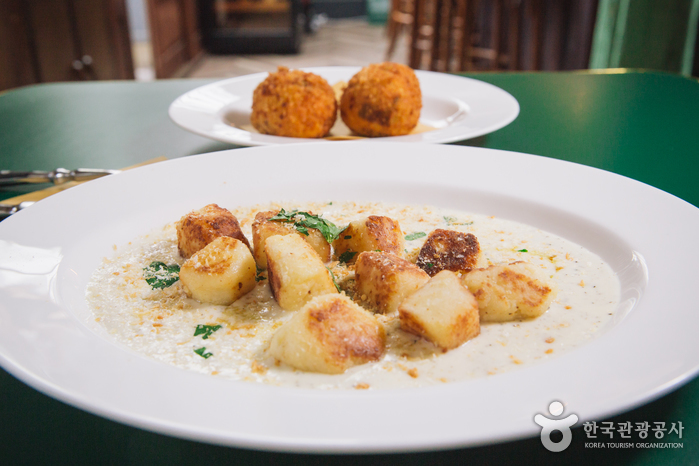
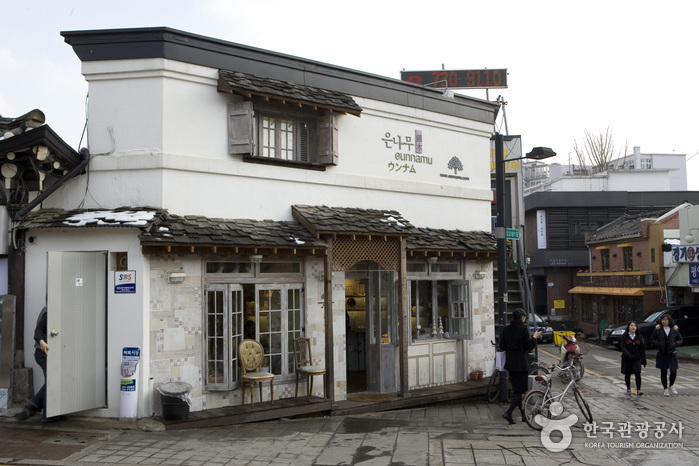
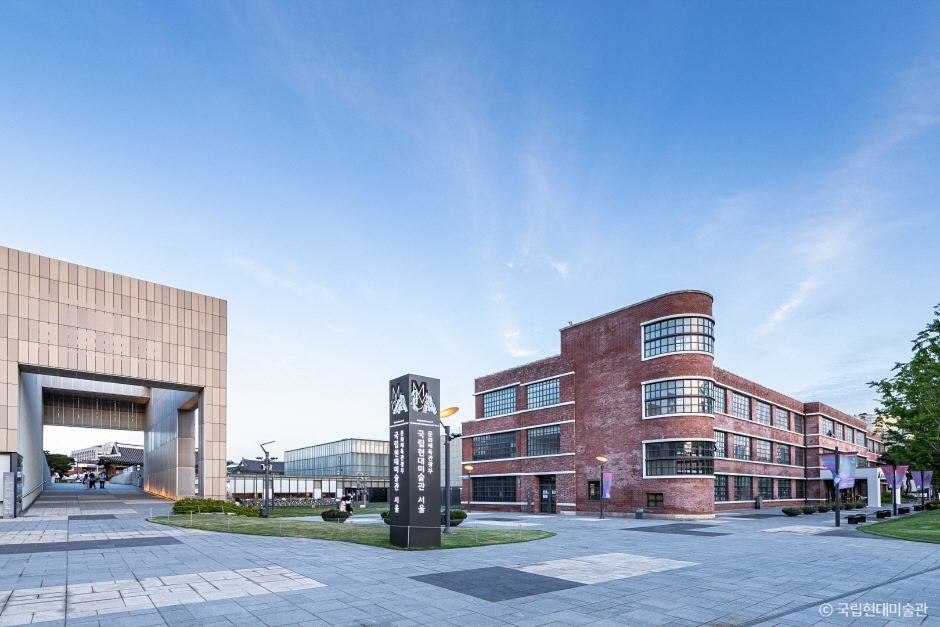
![Seochon Guest House [Korea Quality] / 서촌 게스트하우스 [한국관광 품질인증]](http://tong.visitkorea.or.kr/cms/resource/41/2447241_image2_1.jpg)
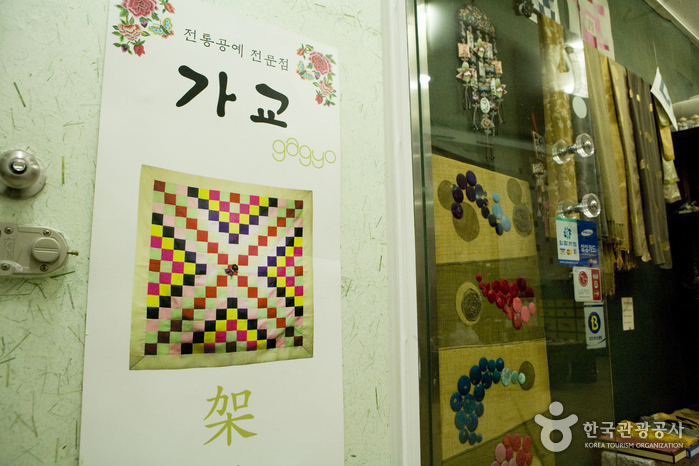
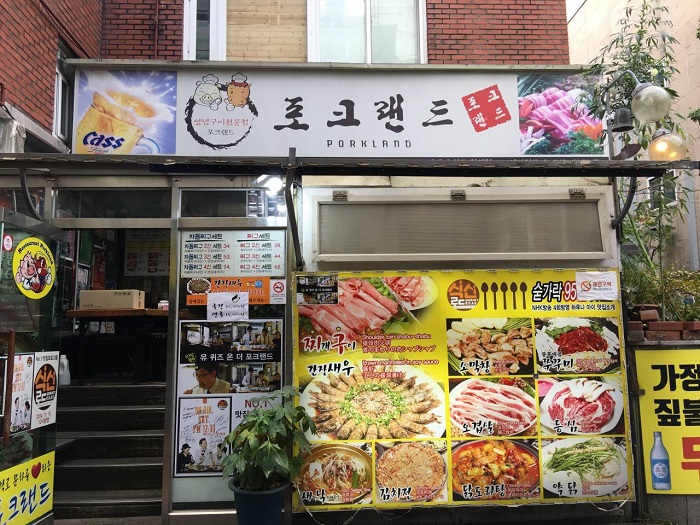
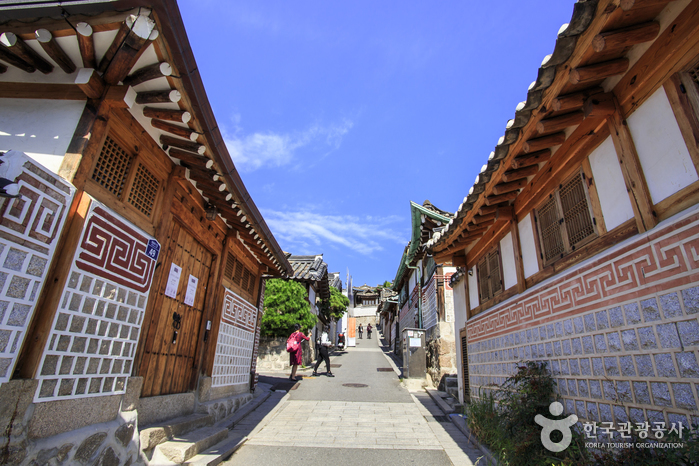
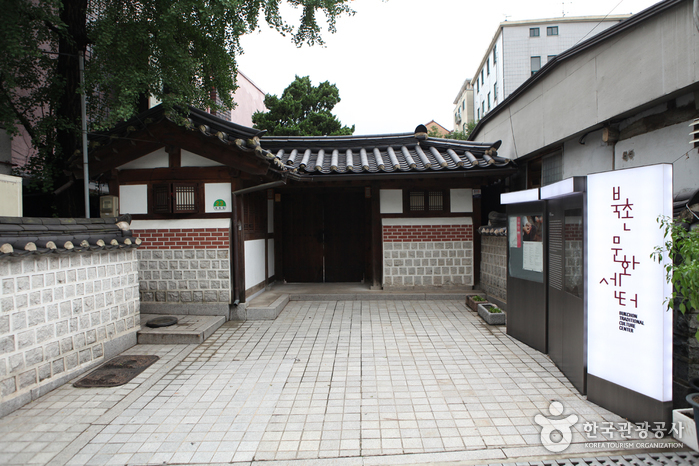
 Français
Français
 한국어
한국어 English
English 日本語
日本語 中文(简体)
中文(简体) Deutsch
Deutsch Español
Español Русский
Русский